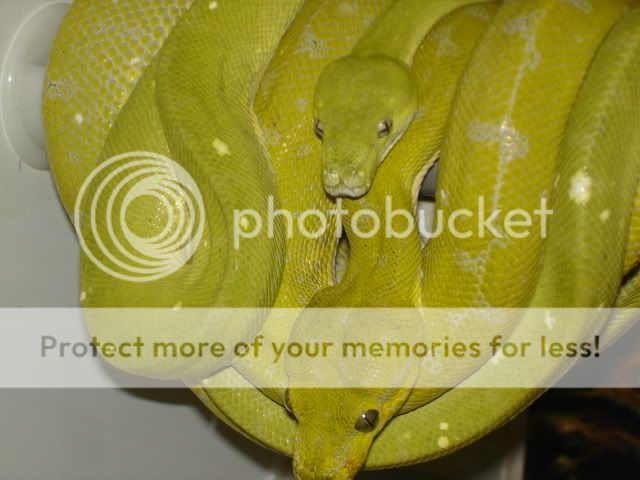Beano05
Active Member
What are the problems that makes keeping and breeding the GTP's difficult?. One day I would like to get one and would like to be prepared.
If you have one please post a pic, I think they are stunning.
If you have one please post a pic, I think they are stunning.





